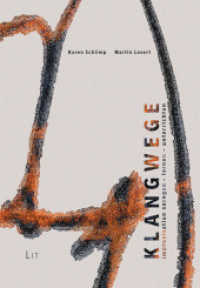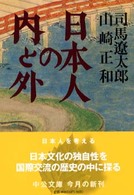Full Description
This book offers a path-breaking analysis of the transformations that occurred in the art and aesthetic values of Bengal during the colonial and nationalist periods. Tapati Guha-Thakurta moves beyond most existing assumptions and narratives to explore the complexities and diversities of the changes generated by Western contacts and nationalist preoccupation's in art. She examines the shifts both in the forms and practices of painting as well as in the ideas and opinions about Indian art during the late nineteenth and early twentieth centuries.
Contents
List of illustrations; Photographic acknowledgements; Abbreviations; Glossary; Preface; Introduction; 1. Artisans, artists and popular picture production in nineteenth-century Calcutta; 2. The art-school artists in Calcutta: professions, practice and patronage in the late nineteenth century; 3. Indigenous commercial enterprise and the popular art market in Calcutta: the emergence of a new Indian iconography; 4. Tradition and nationalism in Indian art: art-histories and aesthetic discourse in Bengal in the late nineteenth century; 5. Orientalism and the new claims for Indian art: the ideas of Havell, Coomaraswamy, Okakura and Nivedita; 6. The contest over tradition and nationalism: differing aesthetic formulations for 'Indian' painting; 7. Artists and aesthetics: Abanindranath Tagore and the 'New School of Indian Painting'; Epilogue: the twenties; Bibliography; Index.








